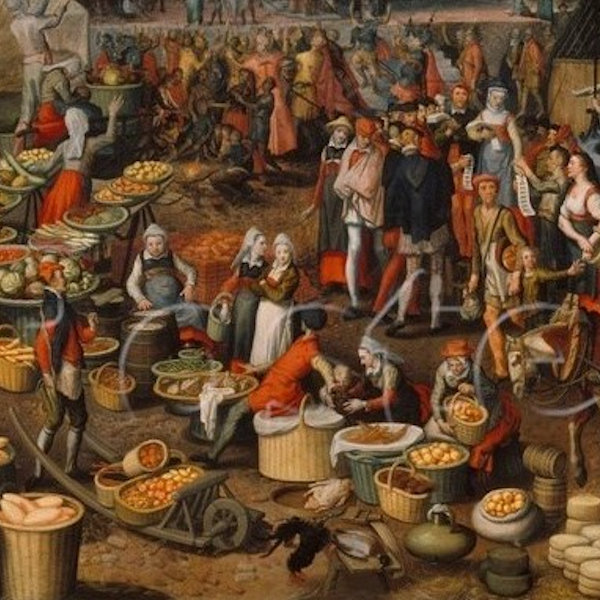The European Guilds
An Economic Analysis
Sheilagh Ogilvie
Princeton University Press, 2019

Videos, Podcasts, and Interviews
- Video, “The European Guilds: A Lecture”, Centre for the Study of Governance and Society, King’s College London, 9 May 2019
- Tides of History podcast with Patrick Wyman, 20 Aug 2019
- The Governance Podcast, “The Dark Side of Human Institutions: A Conversation” with Mark Penningon, 9 May 2019
- New Books Network podcast with Mark Klobas, 8 Mar 2019
- BBC Radio 4 Episode, “Consumer Protectors or Greedy Monopolists?”, Interview with Paul Seabright
- National Public Radio Interview, “What a 16th Century Guild Teaches Us About Competition”, Planet Money interview
Reviews
- Review by Arie van Steensel in The Low Countries Journal of Social and Economic History
- Review by Aske Laursen Brock in European History Quarterly
- Review by Anne McCants in The Journal of Economic History
- Review by Steven A. Epstein in H-France Review
- Review by Tyler Cowen on Marginal Revolution
- Review by Mark Koyama in Review of Austrian Economics (working-paper version)
- Review by Mark Levinson in The Wall Street Journal
- Review by Jeffrey Miner in Business History Review
- Review by Jan de Vries on EH.NET
- Review by Derek Jones on The Shape of Code
- Review by Sebastian Coll in Constitutional Political Economy
- Review by Timothy Taylor on Conversable Economist
- Review by Albrecht Cordes in Rechtsgeschichte / Legal History
Events
- 19-20 Nov 2019: Lecture and Masterclass on The European Guilds, University of Amsterdam, The Netherlands
- 19 Sep 2019: WINIR Conference Keynote Lecture, “Guilds and Inclusiveness”, Lund, Sweden
- 28 May 2019: Posthumus Conference Keynote Lecture, “Guilds and Innovation”, Ghent, Belgium
- 9 May 2019: CSGS Book Launch, Centre for the Study of Governance and Society, King’s College, London
- 24 Apr 2019: CEPR Conference Keynote Lecture, “Guilds and Innovation”, University of Southern Denmark, Odense, Denmark
- 14 Mar 2019: C-INET Book Launch, Trinity College, Cambridge (photos)
- 28 Feb 2019: CAGE Public Lecture, “How Do Bad Institutions Survive? The Economics of European Guilds”, University of Warwick, UK
- 31 Jan 2019: Colloquium on The European Guilds, Institute for Legal History, University of Frankfurt, Germany
- 1 Oct 2018: Michaelmas Faculty Seminar on The European Guilds, Faculty of Economics, University of Cambridge, UK
Endorsements
Sheilagh Ogilvie’s astounding and readable book demolishes the idea—as old as nineteenth-century German historical scholarship but revived recently as a blackboard possibility—that monopoly privilege is good for us. She presents the hypothesis fairly and with political and historical subtlety. And then she crushes it—overwhelmingly, definitively, scientifically—as the guild idea was once crushed by liberalism. Illiberalism has revived monopoly. Historical science raises the alarm.
Deirdre N. McCloskey, University of Illinois at Chicago
This excellent study of craft guilds is a successor to Sheilagh Ogilvie’s brilliant 2011 book on merchant guilds, Institutions and European Trade. In The European Guilds, she shows us how careful we have to be about accepting uncritically claims made by various professional associations that benefits for their members are also good for society at large. Ogilvie has many wise things to say about social capital and the origins of European economic development.
Paul Seabright, University of Toulouse, author of The Company of Strangers
In The European Guilds, Sheilagh Ogilvie displays her characteristically trenchant analytical skills and vast repository of knowledge. The result is a tightly and richly documented rebuttal to the view that European craft guilds were a positive force in economic development before the Industrial Revolution. This superb and provocative book will generate controversy and have a wide impact on vibrant debates in economic history.
Francesca Trivellato, Institute for Advanced Study, Princeton
This book is a powerful counterblast against the views of historians who emphasize the efficiency or social, political, and cultural virtues of guilds. Sheilagh Ogilvie’s lucid arguments are based on a wide reading of the literature on guilds in almost every part of Europe, making this book an extremely important contribution to the debate on craft guilds as well as the debates about economic institutions in general.
Karel Davids, Vrije University Amsterdam
Short Summary
A comprehensive analysis of European craft guilds through eight centuries of economic history
Guilds ruled many crafts and trades from the Middle Ages to the Industrial Revolution, and have always attracted debate and controversy. They were sometimes viewed as efficient institutions that guaranteed quality and skills. But they also excluded competitors, manipulated markets, and blocked innovations. Did the benefits of guilds outweigh their costs? Analyzing thousands of guilds that dominated European economies from 1000 to 1880, The European Guilds uses vivid examples and clear economic reasoning to answer that question.
Sheilagh Ogilvie’s book features the voices of honourable guild masters, underpaid journeymen, exploited apprentices, shady officials, and outraged customers, and follows the stories of the “vile encroachers”—women, migrants, Jews, gypsies, bastards, and many others—desperate to work but hunted down by the guilds as illicit competitors. She investigates the benefits of guilds but also shines a light on their dark side. Guilds sometimes provided important services, but they also manipulated markets to profit their members. They regulated quality but prevented poor consumers from buying goods cheaply. They fostered work skills but denied apprenticeships to outsiders. They transmitted useful techniques but blocked innovations that posed a threat. Guilds existed widely not because they corrected market failures or served the common good but because they benefited two powerful groups—guild members and political elites.
Exploring guilds’ inner workings across eight centuries, The European Guilds shows how privileged institutions and exclusive networks shape the wider economy—for good or ill.
Chapter 1 Summary: Introduction
What kind of institution makes the entire economy work better, and what kind moves resources into the hands of special-interest groups, at the expense of everyone else? In the terms people used to describe medieval and early modern guilds, what serves “the common weal”, and what “ends in a conspiracy against the public”? This question is central to improving people’s lives in rich and poor economies alike. Many factors help economies flourish, but a growing body of research suggests that one key cause is institutions – “the rules of the game in a society … the humanly devised constraints that shape human interaction”. The origins of these “humanly devised constraints” often lie centuries in the past, and most theories of economic growth make assumptions about the historical institutions that set economies on an upward path. But although institutions clearly matter, what kind of institution should a poor economy aim for?
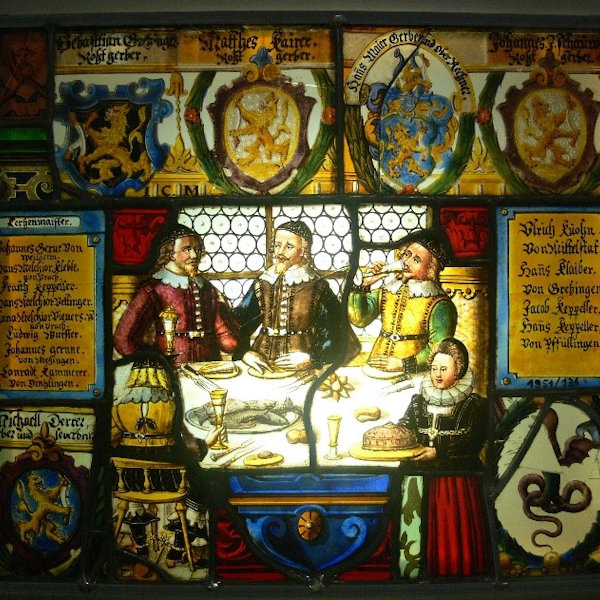
Chapter 2 Summary: Guilds and Governments
Guilds are sometimes described as “private-order” institutions—ones formed through voluntary collective action by private persons without any involvement of public authorities. A common view in the literature on economic growth is that history shows that private-order institutions can substitute for public-order ones in enabling markets to function. Past societies are supposed to have lacked public authorities able and willing to enforce institutional rules for economic activity, and some economists have come to accept the view that private-order substitutes such as guilds were effective surrogates. This is taken to imply that modern developing economies can perform well without good governments or well-functioning legal systems, since private-order substitutes have a successful historical record of supporting growth. The social capital literature adopts a similar view of guilds as private-order alternatives to poor government. Guilds are the main historical exemplar of the horizontal social networks believed to create beneficial social capital. Both historical and modern development failures are ascribed to a lack of horizontal networks able to remedy state failures and abuses. European guilds are thus used to draw far-reaching lessons for economic development. But are these lessons justified?
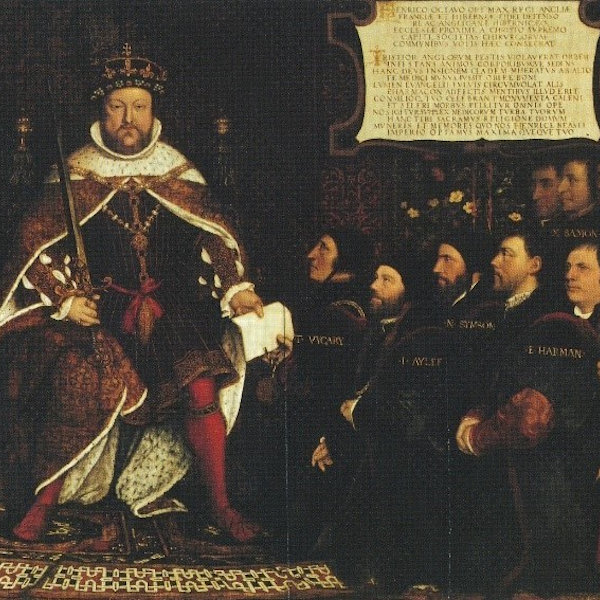
Chapter 3 Summary: Entry Barriers
One thing a guild did was to decide who could do what work. A typical guild had privileges giving its members exclusive rights to produce certain things in certain places. A weavers’ guild, for instance, enjoyed the exclusive right for its masters to make and sell certain fabrics within a certain area. Anyone who wanted to do these things had to gain membership in the guild. This was the well-known phenomenon of “guild compulsion”. A guild also typically had the right to decide who could become a member and who could not. This “guild closure” meant that anyone the guild excluded could not legitimately practise the occupation. A guild’s legal privileges to limit entry and manipulate markets enabled its members to act as a cartel. A cartel affects the distribution of resources. By acting as a cartel, a guild increased the incomes of its own members but reduced those of customers, workers, suppliers, and potential competitors. A cartel also affects the efficiency of the economy at large. It reduces the gains from economic activity in the whole society, relative to how much there would be if the cartel did not exist. By acting as a cartel, a guild reduced aggregate production and consumption in the economy. But did guilds really behave in this way?
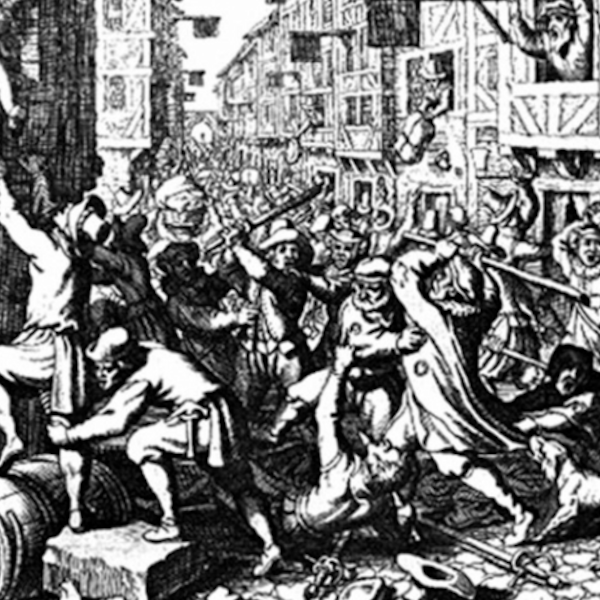
Chapter 4 Summary: Market Manipulation
The fact that people were willing to spend resources to get into (or around) guilds, and that guilds were willing to spend resources to keep people out, suggests that all parties thought guilds created unusually high profits for their members—higher than if the occupation were open to all. Where did these abnormal profits come from? One source was the entry barriers which guilds used to limit the number of producers, exclude entrants who might compete with existing members, and facilitate tacit collusion. But guilds could also generate artificially high profits for their members by directly manipulating markets. Many guilds enjoyed the right to influence prices, limit supplies, and restrict competition, both in markets for their own goods and services and in markets for the inputs they used, especially labour. This enabled guilds to generate artificially large profits for their members. When a guild generated such “cartel rents”, it was good for guild members but not for the rest of the economy. Customers paid higher prices. Workers got lower wages. Suppliers of raw materials received lower prices. Outsiders who couldn’t get into the guild had to do worse-paid work. Guilds spent resources lobbying to sustain their entitlements to manipulate markets, and opponents spent resources to stop them. The economy as a whole suffered for two reasons: higher prices and lower output limited production and exchange; and resources were consumed in conflict over extraction. Did all guilds act in these ways? Can we measure the economic impact of their market manipulation?
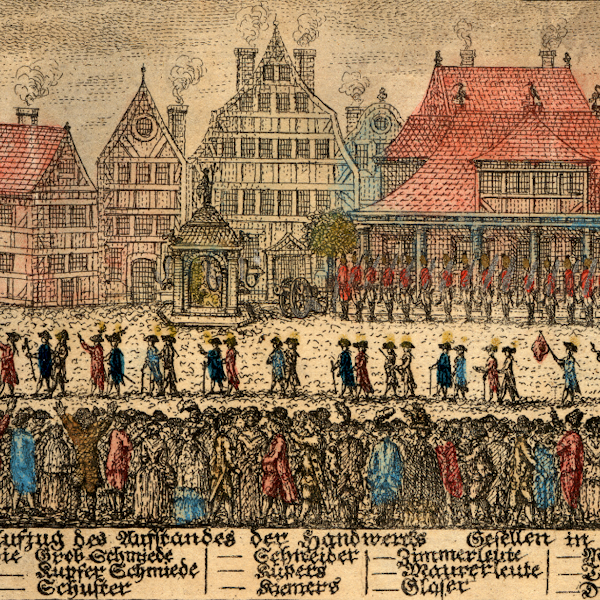
Chapter 5 Summary: Guilds and Women
Guilds treated females fundamentally differently to males. Most guilds restricted women’s training, excluding them from apprenticeship and journeymanship. Most guilds prevented women from becoming masters, and thus from being business owners and self-employed entrepreneurs. Guilds usually allowed a master’s widow to continue the family workshop, but only if she satisfied certain conditions and limited her business in various ways. During the lifetime of the male master, many guilds restricted the work of his wife, daughters, female relatives, maidservants, and female employees. Guilds thus used their entry barriers and market powers to restrict females’ training, work, and entrepreneurship.The economic position of women is increasingly recognized as a central indicator and engine of economic growth. So any institution that disproportionately restricts the economic opportunities of women must be a central concern in understanding why economies grow or stagnate. But did guilds really restrict choices women would otherwise have made?
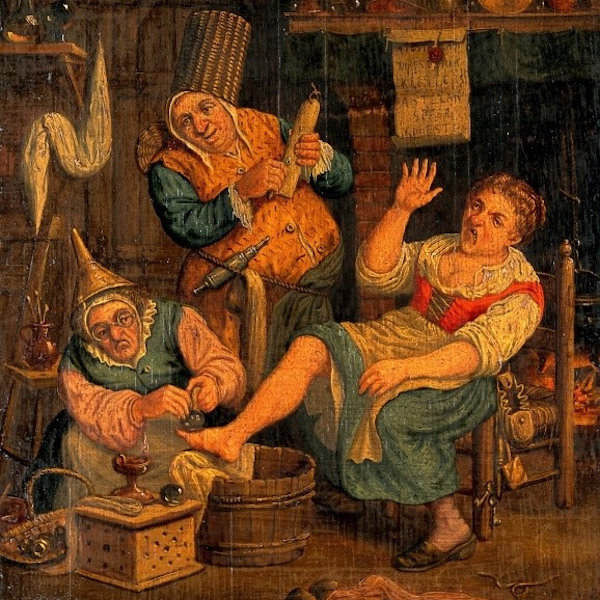
Chapter 6 Summary: Quality Regulation
Taking a broad perspective, might it still be possible to believe that guilds were beneficial institutions? Even though they erected entry barriers, manipulated markets, and oppressed women, extracting profits for their members at the expense of everyone else, might they still have created countervailing benefits? Precisely the cartel profits generated by guilds might have provided incentives for guild members to commit themselves to crucial forms of collective action. These might have created benefits for society at large that were more than enough to compensate for the costs of guilds’ cartelistic activities. Quality certification is one way guilds might have made the economy work better. A standard source of market failure is asymmetric information between consumers and producers about product quality. One way of dealing with this market failure is to create institutional mechanisms to certify quality, redressing the information asymmetry between producers and consumers. Did guilds provide such mechanisms? How did guilds’ other purposes affect producers’ incentives to provide the quality that consumers actually wanted?
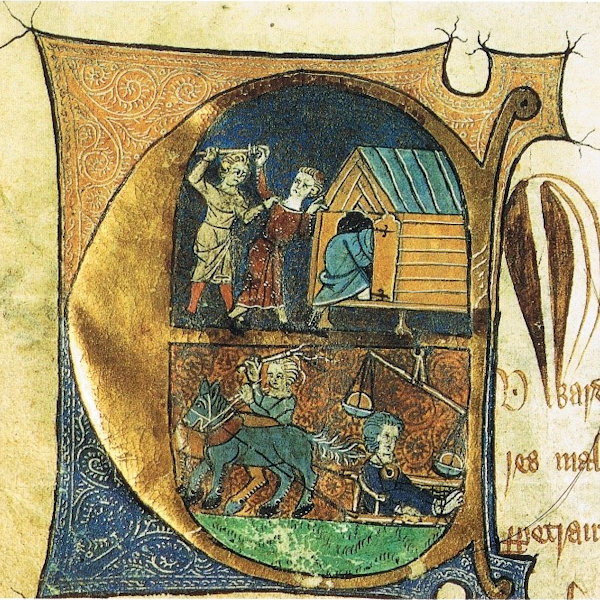
Chapter 7 Summary: Human Capital Investment
Guilds are often seen as synonymous with human capital investment. Apprenticeship is a good way of learning skills, and guilds often administered apprenticeship systems. From an economic perspective, any institution that fosters skills invites attention, since modern theories of economic growth assign a key role to human capital. Guilds are linked to apprenticeships in the popular mind as well as in the arguments of scholars. But in fact, the two were distinct. Surprisingly, many European guilds had no involvement with apprenticeship: if guild members undertook apprenticeships, it was an individual choice. Conversely, many apprenticeships, particularly in successful economies such as England and the Northern Netherlands, took place outside the guild framework. Such non-guild apprenticeships trained females and many other young people whom guilds excluded. Guilds were thus neither necessary nor sufficient for apprenticeship. On the other hand, there were many places, times, and occupations in which guilds mandated apprenticeships and closely regulated their terms. What specific contribution did guilds make to pre-modern apprenticeship? How did their other interests—for instance, to restrict entry—affect the quantity of training in the economy at large?
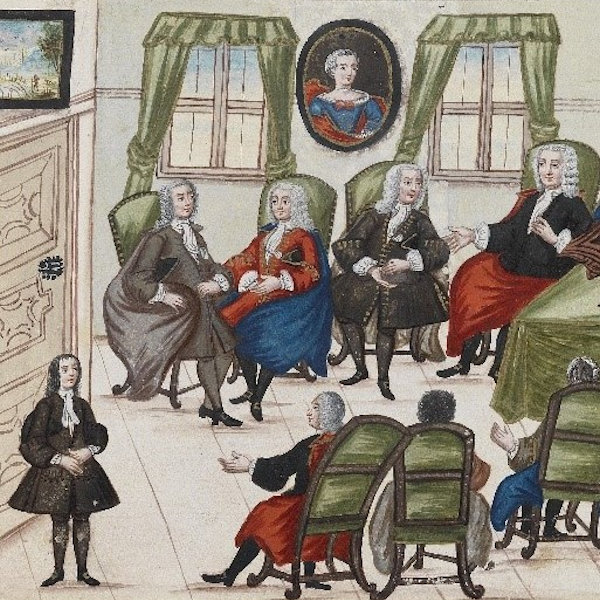
Chapter 8 Summary: Innovation
Innovation is central to economic growth—arguably more important than anything else, since it enables the economy to extract more output from each unit of an input. But an idea is what economists call a “public good”, whose non-excludability and non-rivality mean its private benefits are less than its social benefits. This makes it complicated to buy and sell in markets. Non-market institutions might enable innovators to reap more of the social benefits of their inventions, given them better incentives to invent or diffuse them to society more widely. Some scholars believe that guilds provided these non-market solutions. On the other hand, guilds also opposed innovations that threatened their members’ cartel profits, or the control over markets that enabled those profits. Guilds also did things for other reasons—for instance, to limit competition—which indirectly harmed innovation. What was the net effect? Were guilds the solution to market failures in innovation, or part of the problem?
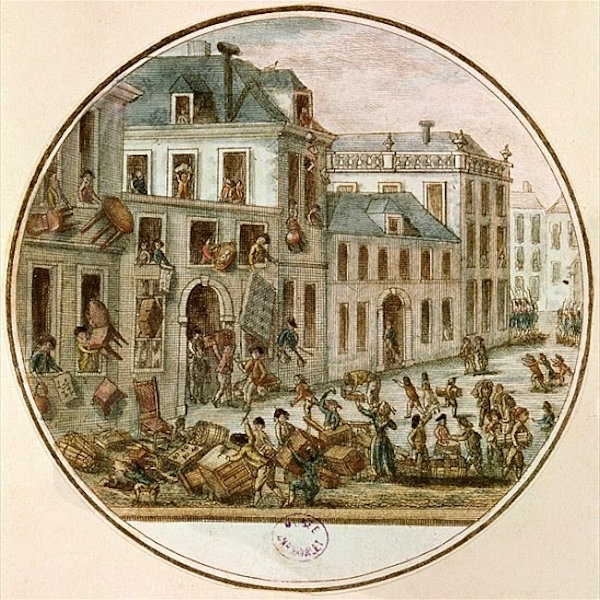
Chapter 9 Summary: Guilds and Growth
How did the strength of guilds affect the vigour of the economy? European guilds had many shared characteristics: their common stance towards political action, entry barriers, market manipulation, women’s work, product quality, skilled training, and technological innovation. But guilds also differed across societies and time-periods. They got privileges in different places at different times between c. 1000 and c. 1500, and they diverged even more between c. 1500 and c. 1870, as they were reinforced, challenged, or abolished by the action, deliberate or incidental, of other components of the diversifying economy and institutions of early modern Europe. Even though most guilds tried to do the same basic things, their success varied with their strength in different societies. Over the same period, between c. 1100 and c. 1870, the performance of different European economies also diverged. How do we measure guild strength? What was the relationship between the strength of guilds in a society and the vitality of its economy?
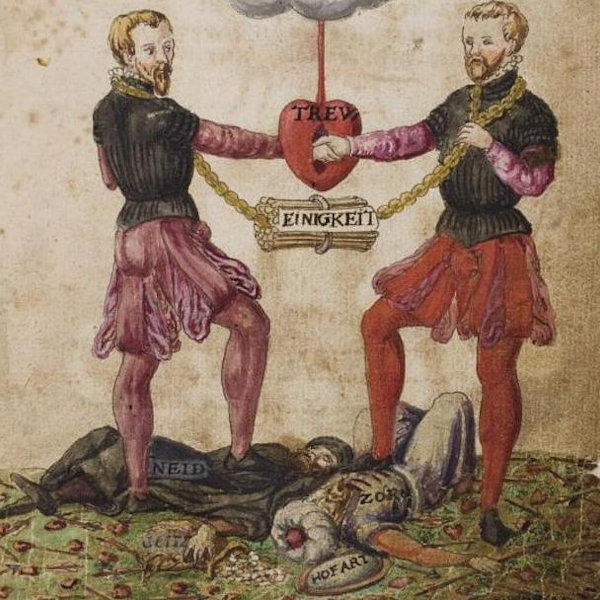
Chapter 10 Summary: Conclusion
What can we conclude about guilds? Tens of thousands of them set the institutional rules for industries and services in medieval and early modern Europe. Europe is where sustained economic growth first arose, so understanding its economic institutions is important. Questions about guilds are not historical quibbles, but issues of topical importance. What do guilds tell us about the kind of institution that makes an economy work well? Did guilds use the trust and social capital they generated as closely-knit networks to behave extractively, redistributing resources to their own members at others’ expense and inflicting deadweight costs on the economy? Did guilds use that same trust and social capital to correct market failures, generating countervailing economic benefits? Did guilds engage in activities that had unintended spillover effects, indirectly shaping the distribution of resources and the performance of the economy? Finally, why did guilds exist as widely as they did, survive for as long as they did, and disappear as late as they did?
